Have you ever turned on your RV water and been greeted with a not-so-pleasant surprise of yellow water? If so, don’t panic just yet! There are actually several reasons why this may be happening and in this post we will be exploring all of them.
Key Takeaways:
As a general rule, yellow RV water is often caused by iron content, which can be resolved by flushing the water a few times before use. Other causes of yellow water include clogged filters, plumbing issues, rusting, or the use of antifreeze.
Keep reading to learn about all the potential causes of yellow RV water and their practical solutions in detail.
Why Is My RV Water Turning Yellow And How to Fix It
| Causes: | Fixes: |
| 1. Iron in the water | Flush your water system, Use a water filter, Try a water softener |
| 2. Clogged water filter | Locate the water filter, Turn off the water supply, Remove the filter, Inspect the filter, Repair or install a new replacement part, Turn on the water supply |
| 3. Plumbing or hose leaching color | Replace the plumbing or hose, Use safe cleaning products, Check for damage |
| 4. Antifreeze | De-winterize your RV, flush out the water multiple times |
| 5. Rust from plumbing lines | Replace the corroded and rusted plumbing lines |
#1. Iron In The Water
CAUSE: One of the most common culprits of yellow RV water is the presence of iron in the water.
So, why is iron causing your RV water to turn yellow? Well, iron is a naturally occurring mineral that can be found in many water sources. When it’s present in high enough concentrations, it can cause discoloration in the water. This can range from a slight yellow tinge to a deep brown or red color, depending on the severity of the issue.
SOLUTION: Now, onto the good news – fixing this problem is usually relatively simple! Here are a few tips to help you treat and remove iron from your RV water:
- Flush your water system: The first thing you should do if you notice yellow water is to flush your RV’s water system. This can help remove any sediment or buildup that may be causing the discoloration. Simply turn on all of your faucets and let the water run for a few minutes, until it runs clear.
- Use a water filter: Investing in a high-quality water filter can be a game-changer for RVers dealing with water discoloration. Look for filters that specifically target iron and other minerals, and make sure to follow the manufacturer’s instructions for installation and maintenance.
- Try a water softener: Water softeners work by removing minerals like iron from the water, and can be a great option for RVers dealing with chronic discoloration issues. There are a variety of different water softeners available on the market, so be sure to do your research and choose one that’s right for your needs
#2. Clogged Water Filter
CAUSE: Another common cause of yellow water in your RV can be a clogged water filter. Water filters are designed to remove impurities and sediment from the water before it enters your RV’s plumbing system.
Over time, these filters can become clogged with debris, leading to a decrease in water flow and quality.
So, how do you know if your water filter is clogged? Signs of a clogged water filter can include reduced water pressure, strange tastes or odors in the water, and – you guessed it – discolored water.
SOLUTION: Here are some steps you can take to get your RV water flowing clear once again.
- Locate the water filter: The first step is to locate the water filter in your RV. In most cases, the filter will be located near the water pump or in a compartment under the sink.
- Turn off the water supply: Before you begin working on the filter, make sure to turn off the water supply to your RV. This will prevent any water from flowing while you’re making repairs.
- Remove the filter: Depending on the type of filter you have, you may need to use a wrench or other tool to remove it from the housing. Be sure to follow the manufacturer’s instructions carefully to avoid damaging the filter or the housing.
- Inspect the filter: Once you’ve removed the filter, inspect it for signs of damage or excessive buildup. If any filter part is dirty or clogged, it’s time for a replacement.
- Repair or install a new replacement part: If possible, you can repair the filter part. Or else, you can simply remove that faulty or worn out part and replace it with a new one.
- Turn on the water supply: Finally, once everything is installed, turn on the water supply to your RV and let the water run for a few minutes to flush out any remaining debris.
#3. Plumbing Or Hose Leaching Color
CAUSE: Another potential cause of yellow water in your RV is leaching from the plumbing or hose. When the materials used in the plumbing or hose begin to break down, it can release particles into the water and cause discoloration.
This can be particularly common in older RVs, where the plumbing and hoses may have been in use for many years.
SOLUTION: So, what can you do to fix this issue? Here are some solutions to consider:
Replace the plumbing or hose: If your RV’s plumbing or hoses are old or damaged, the best solution may be to replace them altogether. This can be a costly and time-consuming process, but it’s often the most effective way to address leaching issues and ensure that your water stays clear and safe to drink.
Use safe cleaning products: Using harsh cleaning products can contribute to leaching issues by damaging the plumbing and hoses. Opt for gentler, eco-friendly cleaning products that are designed for use in RVs, and follow the manufacturer’s instructions carefully to avoid damaging your system.
Check for damage: Finally, it’s important to regularly inspect your RV’s plumbing and hoses for signs of damage or wear. If you notice any cracks, leaks, or other issues, it’s important to address them promptly to prevent further damage and reduce the risk of leaching.
#4. Antifreeze
CAUSE: Antifreeze is a chemical used to prevent water from freezing in the plumbing system during the winter months.
While antifreeze is an essential part of winterizing an RV, it can sometimes cause discoloration in the water when it’s flushed out in the spring. Remember that antifreeze can come in many different colors including yellow.
SOLUTION:
If the cause of the yellow water is due to the presence of antifreeze, there is no need to panic. Simply follow your normal de-winterization process for your RV and flush out the water multiple times for added assurance before using it.
#5. Rust From Plumbing Lines
CAUSE: Rust is a common issue with older RVs, especially those with metal plumbing lines. Over time, these pipes can corrode and rust, which can cause several problems with the RV’s water system. Rust can cause the water to have a strange taste or odor, and it can also discolor the water, leaving it with a brown, yellow or orange tinge.
In addition, rust can clog the water filter or cause blockages in the pipes, leading to reduced water pressure and potentially damaging the RV’s plumbing system.
SOLUTION: The solution to rust from plumbing lines in an RV involves identifying the source of the rust and taking appropriate measures to address it. Here are some specific steps to take:
Inspect the RV’s plumbing lines: Start by inspecting the plumbing lines for any signs of rust or corrosion. If you see any visible rust or discoloration, this may be a sign that the pipes are corroded and need to be replaced.
Replace corroded pipes: If you find that the plumbing lines are corroded or rusted, the best solution may be to replace them with new pipes. This can be a complicated and time-consuming process, but it is important for ensuring the long-term health of the RV’s water system.
Install a water softener: Another option is to install a water softener, which can help to reduce the mineral content in the water and prevent rust from forming in the pipes. This can be especially helpful if you are using hard water from a well or other source.
Use a rust remover: If you are experiencing issues with rust in the water, you can try using a rust remover to clean out the pipes and remove any buildup. Be sure to follow the instructions carefully, as some rust removers can be harsh and may damage the pipes if used improperly.
How To Prevent Yellow Water Issue In RV?
- Regularly clean your RV water tank to remove any sediment buildup. Sediment buildup can cause discoloration in your water, including a yellowish hue.
- Use a water filtration system in your RV. This can help remove any impurities or minerals that can cause water discoloration.
- Use water softeners or conditioners to reduce the mineral content in your RV water. High mineral content can cause discoloration and other water quality issues.
- Use food-grade hoses for connecting to the RV water source. Standard garden hoses can contain contaminants that can affect water quality.
- If you are parked for an extended period of time, flush out your RV water system every few weeks. This can help remove any stagnant water that can contribute to discoloration.
- Use RV-specific water treatment products to sanitize your RV water system and prevent bacterial growth. Bacteria can contribute to discoloration and other water quality issues.
- If you notice yellow water coming from your RV faucet, flush the water system before using it. This can help remove any buildup or contaminants that are causing the discoloration.
- Consider using bottled water for drinking and cooking, especially if you are unsure of the quality of the RV water supply.
While yellow water can certainly be a nuisance, it’s usually nothing to worry about. By following these tips and taking proactive steps to treat, you can ensure that you always have access to clean, clear water no matter where your travels take you!


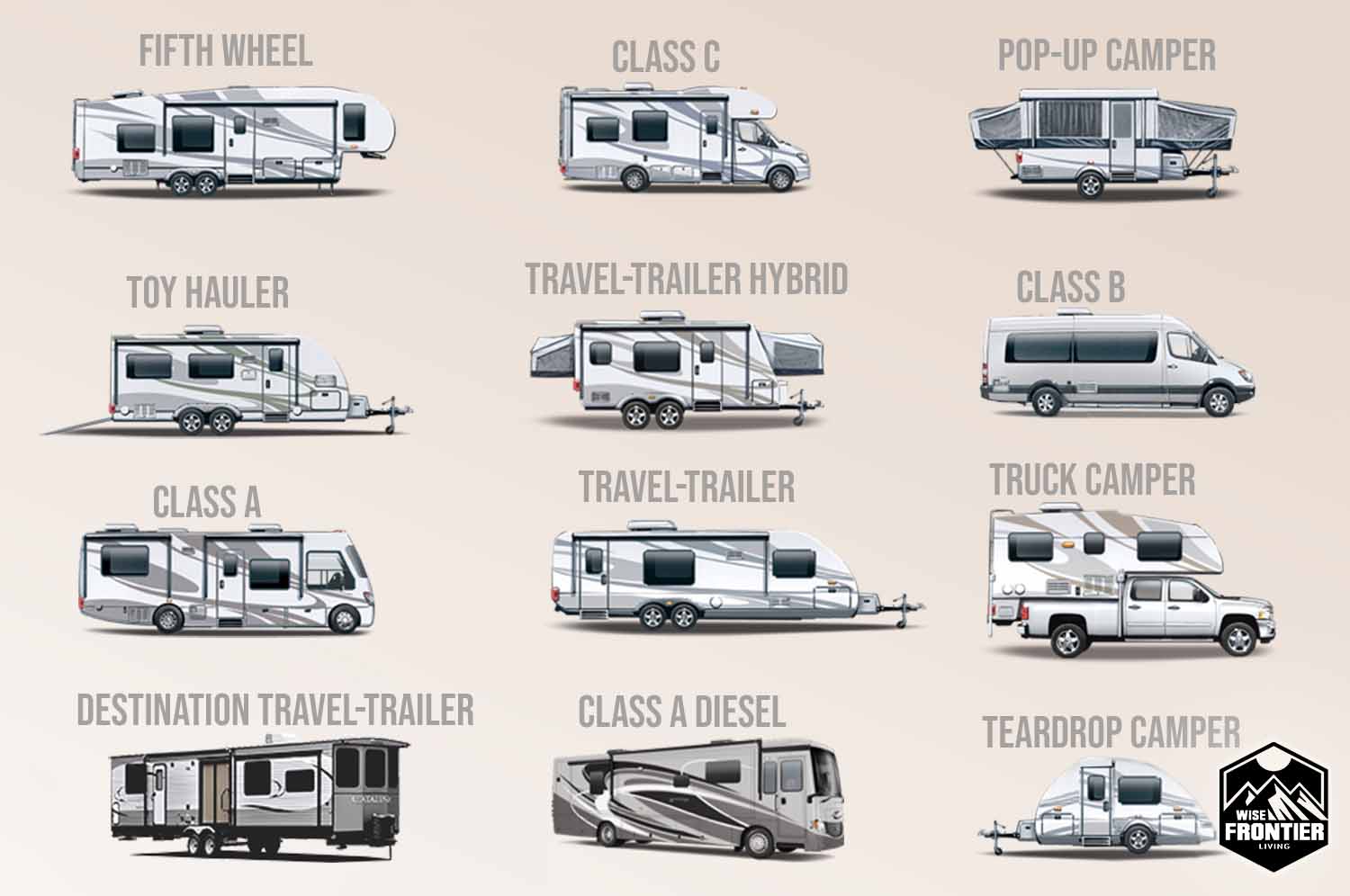
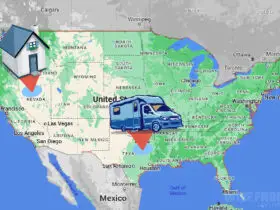
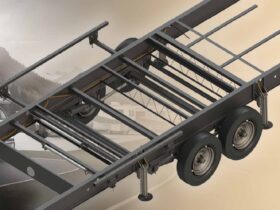

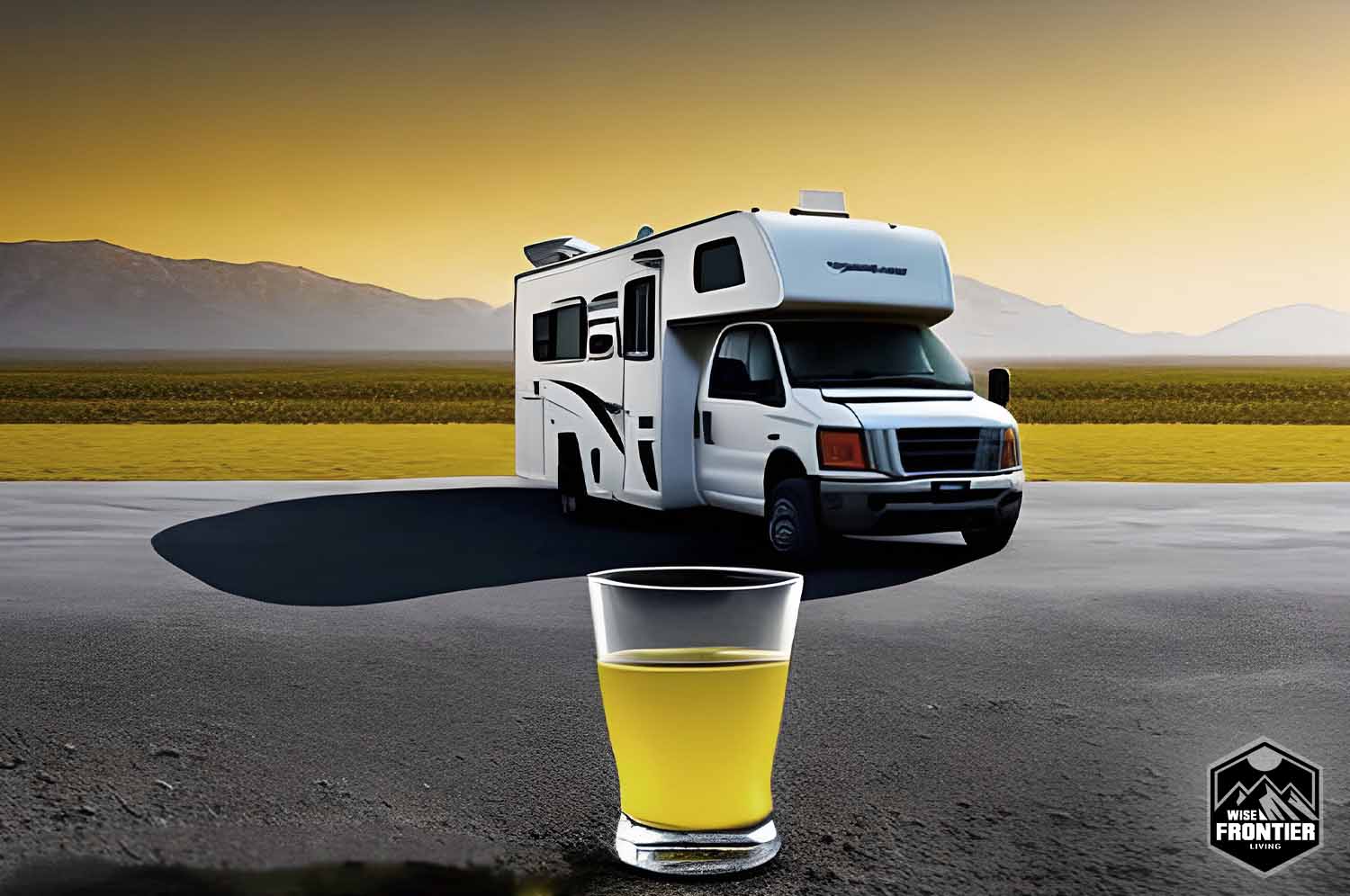
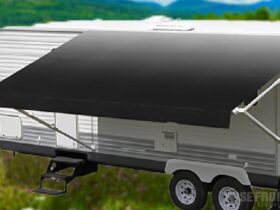
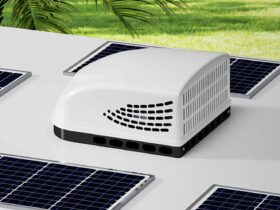
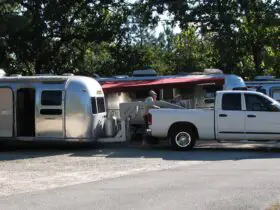
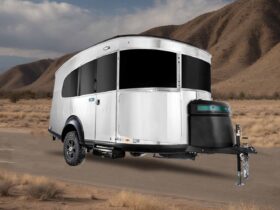
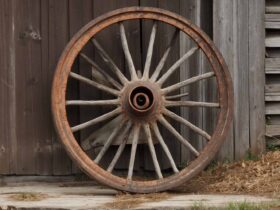
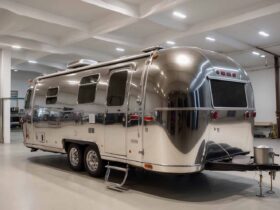


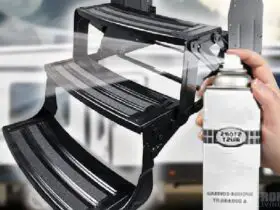
Leave a Reply